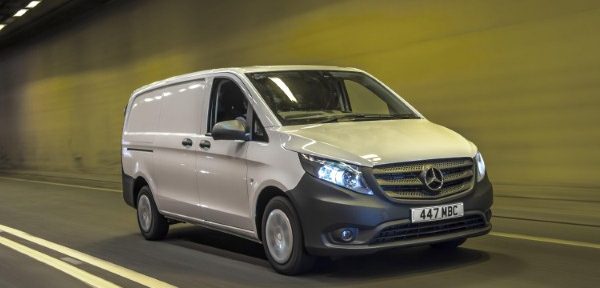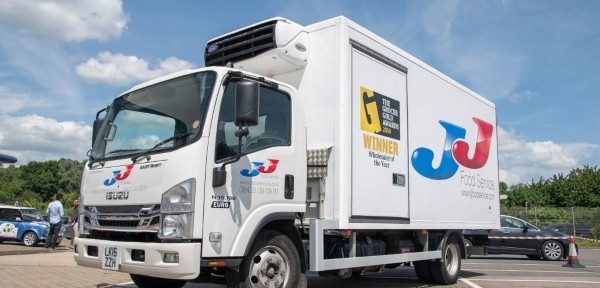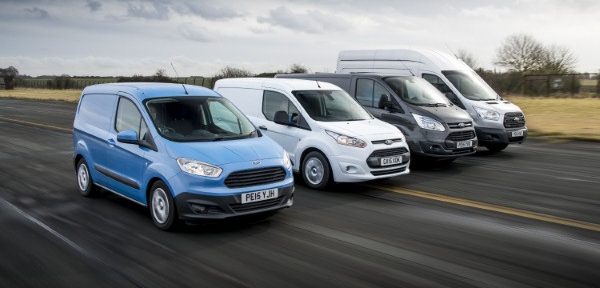Congestion is an increasingly critical business issue after it emerged that delivery drivers lose 16 per cent of their working day to congestion.
Over the course of a typical eight-hour working day, that works out at one hour 17 minutes sat in traffic.
Apply that loss over a five-day week and it adds up to more than six hours wasted, while over an entire year, it means the average delivery driver loses 37 working days a year.
According to the 2,000 UK van owners and operators surveyed by Mercedes Benz Vans, congestion is now the second biggest barrier to business growth, with 31 per cent believing this will be the case in the coming year. This percentage rises to 38 per cent amongst fleet managers, second only to rising fuel costs (57 per cent).
Congestion’s effects are especially felt in the north-west of England, where 43 per cent of respondents cited congestion as a barrier to growth – the highest figure nationally.
The North West is home to an emerging (and controversial) ‘Smart Motorway’ network roll-out that impacts some of Britain’s busiest motorways including the M6, M56, M62 and M60 with completion dates years away.
Congestion is only going to get worse with half of van operators intending to introduce more vehicles to their fleet over the next 12 months, fueled partly by an anticipated 40 per cent rise in online shopping.
Steve Bridge, managing director of Mercedes-Benz Vans, said: “Anyone who has travelled along the M6 recently will fully understand the frustrations felt by our hard-working van drivers.
“The amount of roadworks dotted all along the motorway is causing significant congestion issues, not least the stresses it puts time-sensitive couriers and distribution drivers under.
“Congestion causes delays that cost money as well as time and can damage the reputation of business that rely on their deliveries.”
Jez Strong, general manager for Tele-Gence, commented: “The Department for Transport should take note of these frustrations. If they don’t take appropriate action over the next few years, UK businesses could suffer.”
Your business can benefit from affordable telematics with no hidden start-up fees or long-term commitments.





